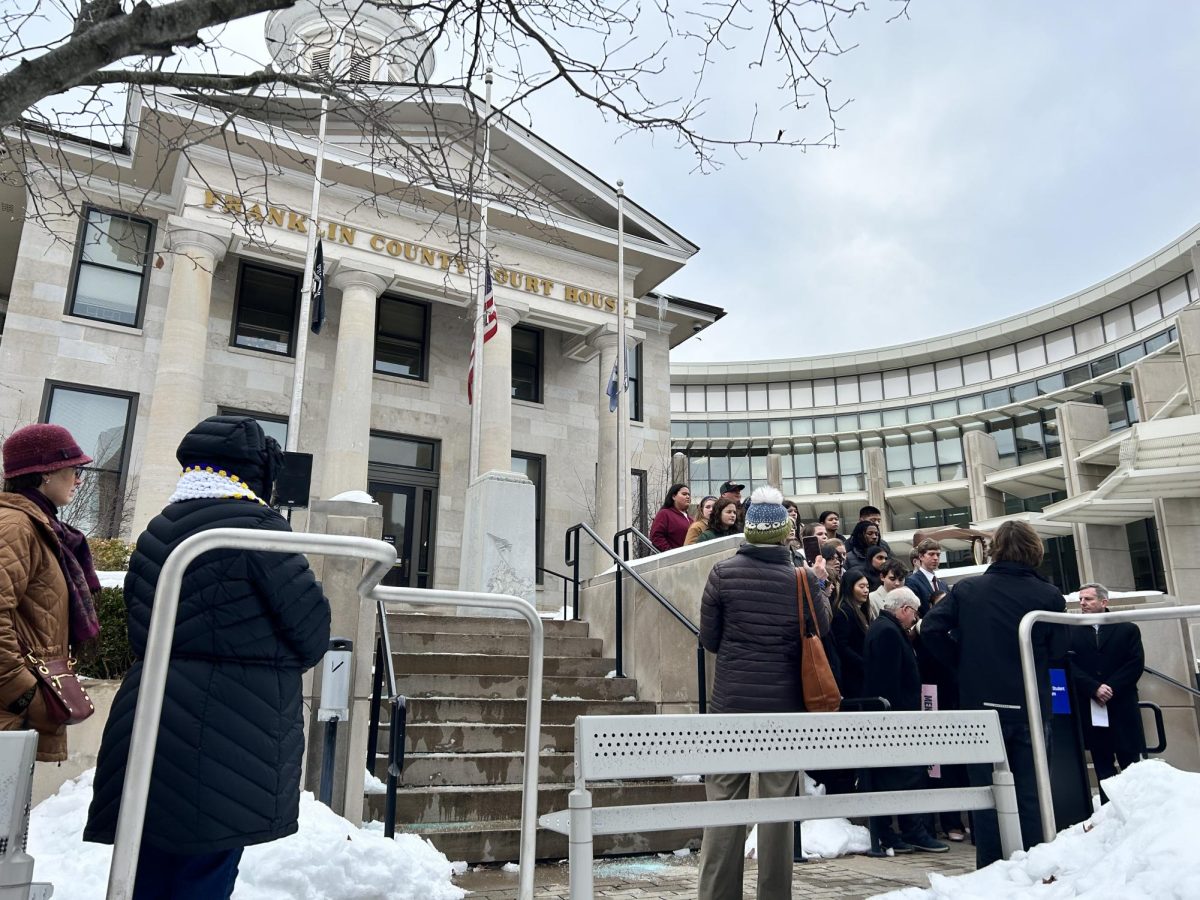On June 29, 2023, after a months-long contested debate, the Supreme Court ruled against Affirmative Action, ending the admissions practice in higher education. In a 6-3 decision, the conservative supermajority sided with The Students for Fair Admissions (SFFA) in the cases Harvard vs SFFA and UNC vs SFFA to effectively ban race-based admissions.
“There are just so many systemic barriers to higher education for students of color in this country and the role of affirmative action in education is to make sure that we’re kind of understanding those backgrounds and understanding those barriers,” Sarah Zhang, the founder of the Affirmative Action Coalition at UNC Chapel Hill, said.
Now that the practice has been banned, over the last year, universities have been forced to adjust admissions policies. Students have had to rethink their higher education goals. Community leaders advocating for diverse learning environments have had to find creative ways to do so.
Following the decision, affirmative action advocates began to immediately correct misinformation spreading about the case. As The Lawyers Committee for Civil Rights Under Law explained, while colleges cannot consider an applicant’s race as a single factor in admissions, students are still allowed to discuss how their race has had an impact on their lives. The Lawyers Committee represented the groups from the UNC and Harvard in the SFFA cases.
“Nothing prohibits universities from considering an applicant’s discussion of how race affected the applicant’s life,” the court’s decision states.
To encourage students to share these stories, some universities have changed or added essay questions asking applicants to reflect on important parts of their identity or meaningful cultural experiences. Notably, the August right after the Supreme Court decision came, Harvard replaced an optional long form essay with five required shorter essays asking questions about the applicant’s life experiences and academic interests.
One prompt reads, “Harvard has long recognized the importance of enrolling a diverse student body. How will the life experiences that shape who you are today enable you to contribute to Harvard?”
Universities also began searching for new ways to reach underrepresented communities. The purpose of affirmative action was to uplift historically marginalized groups. By focusing on geographic location and socioeconomic status, universities attempt to continue this mission of affirmative action without using race conscious admissions.
“Prior to the Supreme Court’s decision in Students for Fair Admissions, the university considered race as one factor among many in some scholarships. We are now utilizing race-neutral factors such as a student’s socio-economic background or their status as the first in their family to graduate from college,” Jay Blanton, spokesperson for the University of Kentucky, said.
Another way universities are attempting to level the application playing field without affirmative action is through test-optional policies. Gaining momentum during the pandemic, these policies were praised for beginning the era of holistic admissions. Through holistic admissions, colleges consider the whole student, not just their grades or test scores. Standardized testing has been shown to unfairly disadvantage students of color.
Some elite institutions, however, have revoked their pandemic-era test-optional policies. They claim that tests like the SAT and ACT can help them identify students who are academically ready for a rigorous education, but who may not have access to fancy extracurriculars or advanced curricula that would make them stand out in admissions. Ivy league schools like Yale, Brown and Dartmouth, in addition to other top-tier colleges like MIT, Georgetown and more have all again made test scores mandatory parts of their application process following the Supreme Court decision.
Despite these efforts by colleges to find work-a-rounds for the affirmative action ban, recent admissions data already indicates the ban’s negative impact on diversity. MIT was one of the first highly selective universities to release their admissions data for the class of 2028. When comparing the data to the previous year’s admissions, enrollment of students identifying as Hispanic or Latino dropped from 16% to 11%. Additionally, the percentage of students identified as Black/African American dropped 10%, going from 15% to just 5%. Meanwhile, the percentage of Asian American students rose 7%.
The New York Times reported MIT was not the only school to see decreases in African American and Latino representation on campus. Both Amherst College and Tufts University saw a significant decrease in minority representation after last year’s admissions cycle. However, experts warn it will be a few more years before the implications of the decision will be clear.
While colleges had to alter their admissions practices, the ruling does not mention anything about on campus diversity practices. In fact, affirmative action proponents say it is more important than ever for universities to create welcoming spaces on campus for minority students. On July 14, 2023 The Lawyers Committee for Civil Rights Under Law released an open letter to university presidents, deans of admissions and general counsels.
“Nothing in the decision prevents your colleges and universities from focusing on Diversity, Equity, Inclusion and Accessibility (DEIA) and other efforts to ensure all students are welcomed, valued, and supported,” the letter states, “You should continue, or start anew, great programs that ensure success for all students on your campuses, such as outreach targeting underserved communities, supporting student affinity organizations, and providing antidiscrimination and anti-bias training consistent with state and federal laws.”
However, this may be harder than it sounds for many universities in states where such diversity programs have been targeted politically by state legislatures.
“By banning affirmative action in higher education, it just sets a huge precedent for these continued attacks on DEI across America,” Zhang said.
The Affirmative Action coalition has been working to fight back against attacks on Diversity, Equity and Inclusion (DEI) initiatives. Over the summer North Carolina joined the list of at least eight states to restrict or completely ban DEI programs in higher education.
“We no longer have a university office of DEI. We no longer have a Vice Provost in charge of these things. We no longer have the DEI focused programs.” Zhang said of UNC.
During the 2024 Kentucky legislative session that wrapped up in April, SB 6 gained significant media attention. The bill, which would have banned DEI at the state’s colleges and universities, did not pass this session, but pressure from state lawmakers remains. This pressure led to an announcement on Aug. 20 from the University of Kentucky’s president that they would be shutting down their Diversity Office.
“We remain focused on our priority as an institution and continue to welcome, educate and serve students of all backgrounds and experiences. Our commitment to being a community of belonging for everyone has not changed,” Blanton wrote in a statement to Manual RedEye two weeks prior to the announcement.
For underrepresented students, however, the decision is just yet another in a list of headlines sending the message that their identity is less than.
“It’s not just about checking a box,” Pragya Upreti of the Affirmative Action Coalition said, “Race defines so much of who we are, and the truth is, you can’t ignore it. It’s a piece of someone’s identity.”










